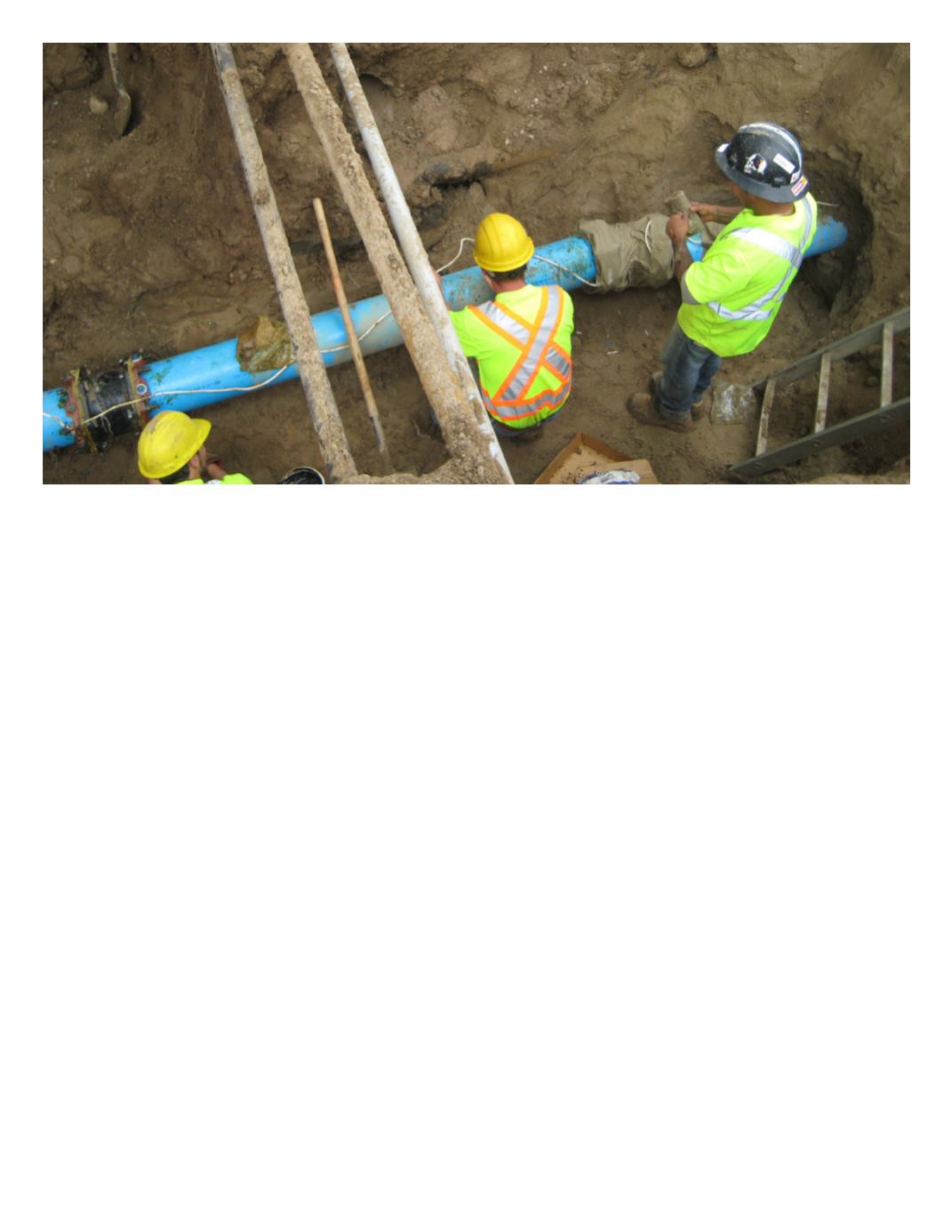
126 | Business World Magazine |
April 2014
infrastructure maintenance and improve-
ment that was initially considered a decade
ago. The process started, Elliott said, with a
group of asset managers simply sitting down
and approaching the concerns with an eye
toward the future, rather than simply react-
ing to day-to-day catastrophes as they oc-
curred.
Shah and his team looked at Cambridge’s
400 kilometers of far-flung water mains and
sanitary sewer systems in 2005 and by 2009
had worked up a painstaking inventory, giv-
ing each item a condition rating and assess-
ing a priority to each that determined which
needed immediate attention and which ones
could wait.
It was a drastic departure from status quo
back then, Elliott said, and one he kiddingly
suggested Shah and his colleagues aren’t ag-
gressive enough about claiming credit for.
“Through Yogesh’s abilities and his team
that they have in the asset management de-
partment, they do some real award-winning
stuff,” he said.
“They’re doing the leading edge of what
asset-management philosophies are all about,
and they need a lot more kudos than he’s
willing to volunteer for. It gave us the power
through knowledge to know where to spend
our money to get the best bang for the buck.
In the past, something breaks. It breaks two
or three times, then it becomes ‘OK, let’s go
fix it now.’
“It was all reactive. This allows us to take
a proactive approach.”
When the inventory and assessments


